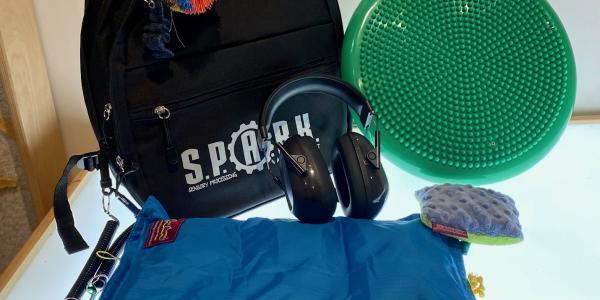Augmented reality apps can do a lot more than enable users to catch Pikachu. A new AR app designed at CU Boulder called Geopoint AR brings sculptures to life at Lafayette’s Geometry Point in Romero Park.
“We can learn a lot from artists about seeing and visualizations,” said Beth Stade, lecturer and math educator at the CU Center for STEM Learning. “Geometry Point is all about using creative and visual skills, which are actually useful skills in mathematics.”
The smartphone app takes the sculptures of Geometry Point and animates them into unfolding and transforming shapes. The park exhibit, which opened last year, was also a project of Stade’s. Geometry Point is filled with interactive displays, aimed at helping visitors visualize concepts in geometry and calculus. Now, with the app, users experience another layer to the park.
“At the park, once you see the unfolding in AR, you can start to imagine the other ways the objects can unfold,” said Stade. “Sometimes kids will discover it for themselves, and once they see it, they love to share the secret.”

Augmented reality used with newspaper
The app can also be used at home—users just need to print out special trigger images, which become three-dimensional, animated objects on their phone screens. The app even works with these images when they are on a computer screen. In one, a soccer ball appears that a user can “shoot” into a goal using their finger.
Stade’s goal is to use art to improve children’s understanding of math and engineering. The moving shapes, such as that of a cube unfolding, make “geometry and calculus come alive.” These visualization skills are important to imaging and data science; applications include tracking storms on Mars and findings cancer in MRI scans.
Want more stories like this in your inbox? Sign up for the CU Boulder Today community edition.
Next, Stade plans to develop a workshop to help local teachers use Geometry Point in their curriculum.
“I am so glad we have the website and AR elements now, so many more people can access the site,” said Slade. “We designed the AR to work directly at the park, but we were delighted to find it works at home or in the classroom too.”



